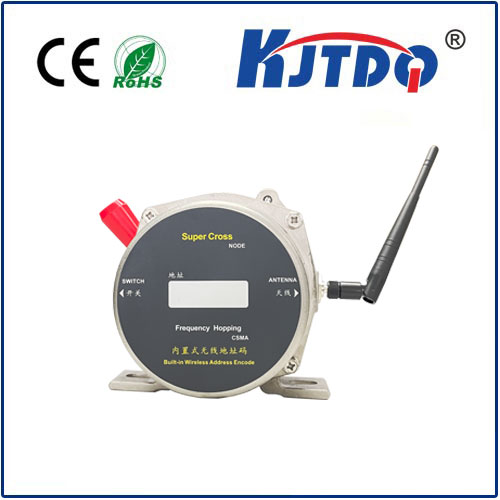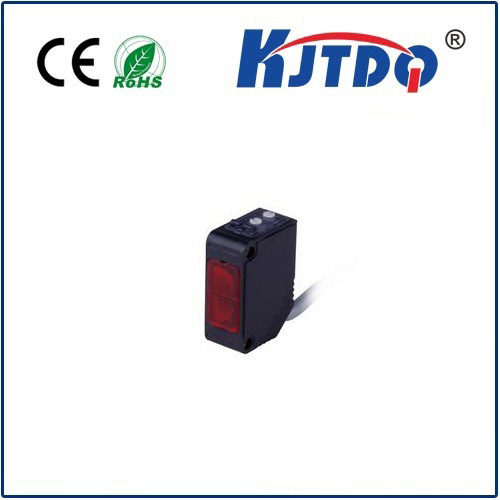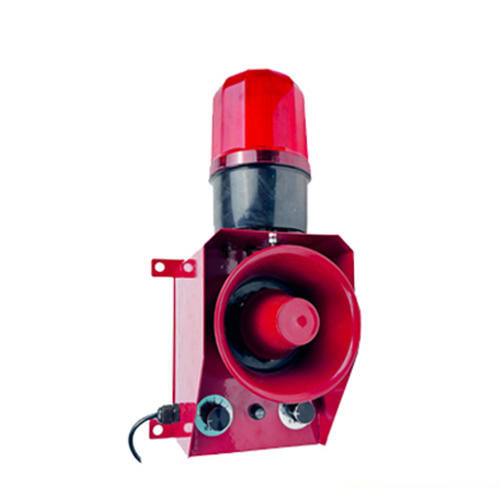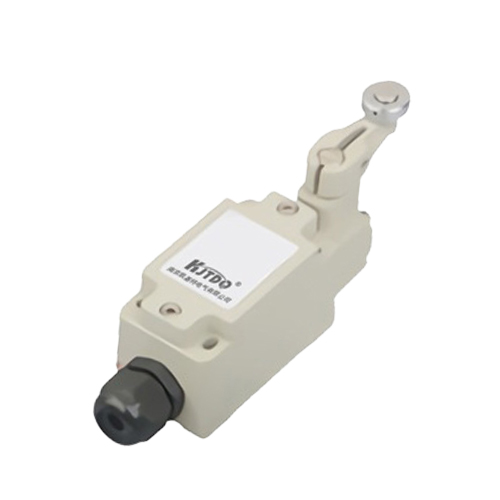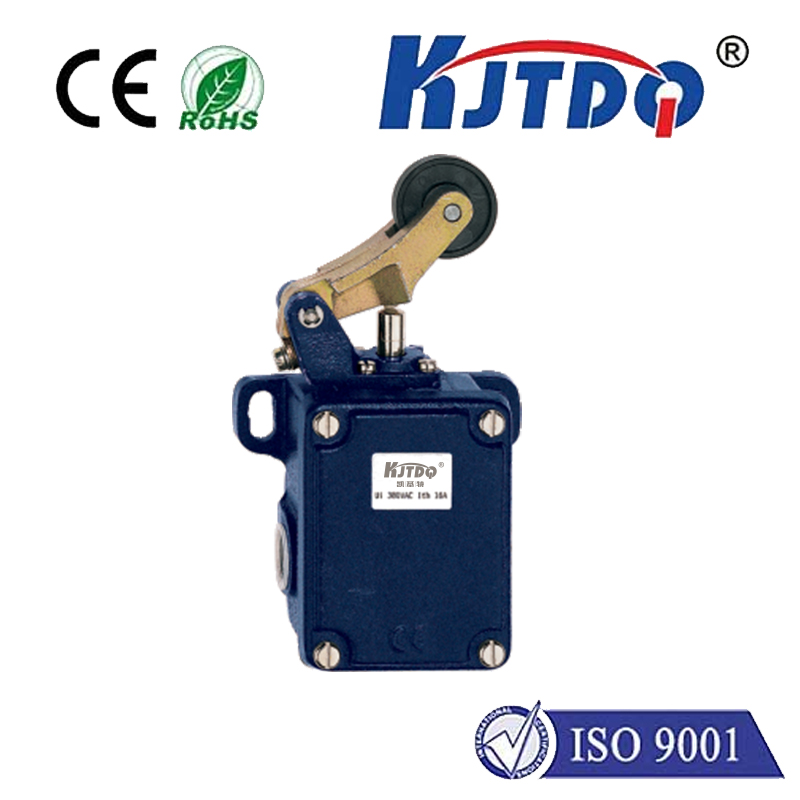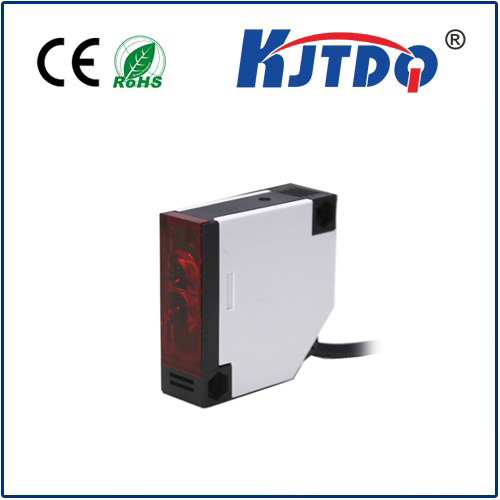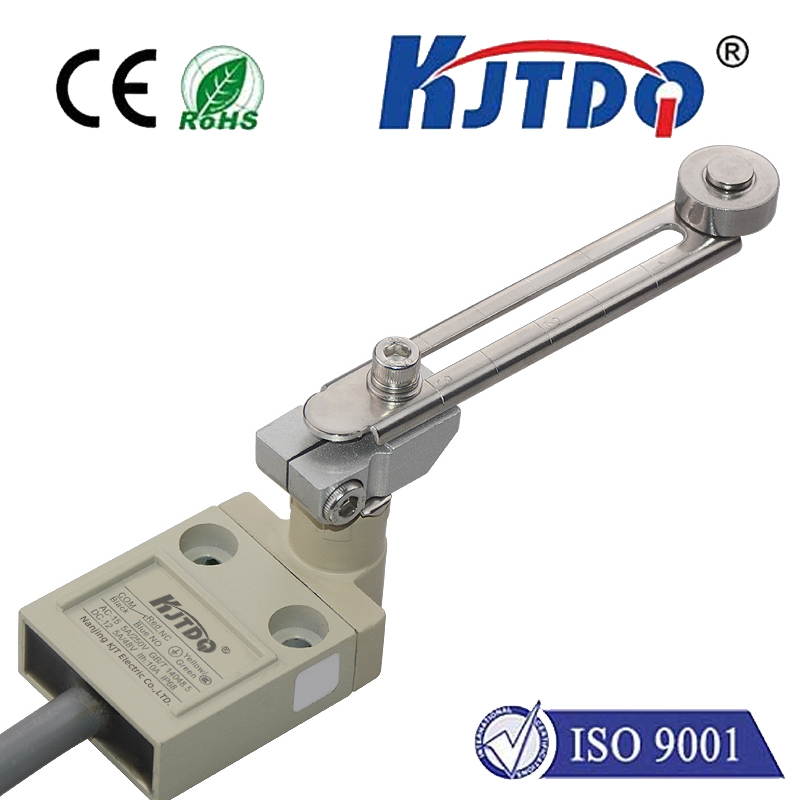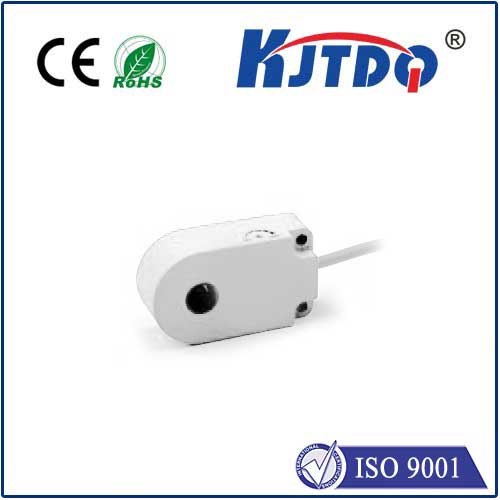vcnl4000 proximity sensor
- time:2025-06-27 01:01:26
- Нажмите:0
Unveiling the VCNL4000: Unlock Proximity Sensing Excellence
Touchscreens, interactive displays, smart appliances – our world increasingly relies on devices perceiving their surroundings intuitively. At the heart of this silent interaction often lies a proximity sensor, detecting nearby objects without physical contact. Among these crucial components, Vishay’s VCNL4000 proximity sensor stands out as a remarkably versatile and integrated solution. This compact powerhouse combines proximity detection and ambient light sensing (ALS) in a single package, offering developers a sophisticated yet streamlined tool for countless applications demanding reliable object detection and environmental awareness.
Why Proximity Sensing Matters More Than Ever
Proximity sensing provides a critical layer of intelligence. Imagine your smartphone screen automatically turning off when held to your ear during a call – conserving battery and preventing accidental touches. Think of an automatic soap dispenser activating seamlessly as your hand approaches, or an industrial machine safely halting when an operator gets too close. These are tangible benefits delivered by effective proximity sensors. They enhance user experience, improve energy efficiency, and bolster safety. Selecting the right proximity sensor, therefore, becomes paramount for design engineers seeking robustness, accuracy, and ease of integration.
The VCNL4000: Power Packed into a Tiny Footprint

The VCNL4000 proximity sensor addresses these needs head-on. Vishay Semiconductors engineered this chip to deliver high performance while minimizing the design footprint and complexity. It integrates two essential functions:
- High-Performance Proximity Sensor: At its core is an infrared (IR) emitter paired with a dedicated proximity photodiode. The sensor measures the intensity of the reflected IR light bouncing back from a nearby object. Crucially, the emitter’s drive current is programmable via the integrated driver and I²C interface (I2C sensor integration), allowing designers to tailor the sensing range from a few centimeters up to approximately 20 cm to suit specific application needs. This adjustability is vital for optimizing performance and power consumption.
- Accurate Ambient Light Sensor (ALS): Co-integrated within the same 4.0 x 2.36 x 0.85 mm package is a light-optimized photodiode. This ALS measures visible and infrared light levels in the environment. Why is this important? Significant ambient light, especially sunlight containing high IR levels, can overwhelm the proximity sensor, leading to false triggers. The VCNL4000’s integrated ALS provides the necessary data to calibrate and compensate the proximity readings dynamically, significantly enhancing reliability and accuracy across diverse lighting conditions. This inherent ambient light rejection is a key feature.
Key Advantages Driving Adoption
Beyond its dual functionality, the VCNL4000 IR sensor module offers compelling advantages:
- Simple I²C Interface: Communication with a microcontroller is streamlined via the industry-standard I²C bus (I2C sensor interface). This minimizes wiring complexity and simplifies integration into existing designs, facilitating faster development cycles. The sensor’s registers are easily configured and read through this interface.
- Programmable Interrupt Function: The VCNL4000 reduces the need for constant microcontroller polling. It features programmable high and low threshold values for both proximity and ambient light measurements. When a reading crosses these thresholds, the sensor asserts an interrupt pin, signaling the host controller. This capability dramatically lowers overall system power consumption, a critical factor in battery-powered devices like wearables and portable electronics.
- Excellent Crosstalk Suppression: Physical proximity between the IR emitter and receiver within such a small package can lead to internal signal interference (“crosstalk”). The VCNL4000 incorporates effective optical design and signal processing to minimize this effect, ensuring that the proximity reading primarily reflects the external reflected light, not leakage within the sensor itself.
- Compact and Robust: Its minuscule size allows placement even in space-constrained designs. The module is also designed to be relatively resilient across typical operating temperature ranges.
Where Does the VCNL4000 Shine? Practical Applications
The integration, reliability, and configurability of the VCNL4000 proximity sensor make it an excellent choice across diverse fields:
- Consumer Electronics: Ubiquitous in smartphones, tablets, and laptops for display power management (screen on/off detection during calls or when stored), optimizing battery life. Also used in smartwatches, smart home controls, and touchless interfaces.
- Промышленная автоматизация: Enables object presence detection on assembly lines, material handling systems, and filling machines. Contributes to safety systems by detecting personnel entering restricted zones near machinery.
- Building Automation: Powers touchless activation for faucets, soap dispensers, hand dryers, paper towel dispensers, and automatic doors, promoting hygiene and convenience.
- Robotics & IoT: Provides simple object avoidance capabilities for robots and drones. Essential for smart appliances needing to sense user presence. Ideal for IoT sensor nodes requiring proximity awareness.
- Medical Devices: Used in equipment requiring user presence detection or gesture control interfaces where hygiene or sterile operation is critical.
Integration Considerations for Optimal Performance
Effectively implementing the VCNL4000 IR sensor module involves attention to detail:
- Optical Considerations: The sensor’s performance is highly dependent on the optical path. The design must ensure the IR emitter’s light can project towards the target area and the reflected light can efficiently reach the proximity photodiode. Careful selection or design of the cover lens material and thickness is crucial, as materials can attenuate the IR signal. Typically, materials with good transmission in the IR wavelength (around 890nm) are chosen, like specific plastics or IR-transmissive glass. Avoid using standard dark or opaque plastics that block IR light.
- Minimizing Ambient Light Noise: While the integrated ALS provides excellent compensation, physical shielding around the sensor module can further reduce stray ambient light hitting the proximity photodiode directly, especially sunlight, enhancing accuracy. Ensuring the cover lens is flush and free from gaps helps.
- Configuration is Key: Leveraging the I²C interface to fine-tune parameters like IR LED current, proximity measurement frequency, interrupt thresholds, and ALS integration time is essential for matching the sensor’s behavior precisely to the application’s requirements and environmental conditions. Default settings are a starting point, not an endpoint.
- Power Management: Utilize the interrupt function aggressively! Configuring proximity and light thresholds effectively allows the microcontroller to spend most of its time in low-power sleep modes, waking only when needed. This is fundamental for maximizing battery life in portable IoT sensor nodes.
A Foundational Sensor for Intelligent Interaction
The VCNL4000 proximity sensor exemplifies how intelligent integration solves real-world design challenges. By merging a programmable proximity detector with a calibrating ambient light sensor in a single, compact, I2C sensor package, Vishay provides engineers with a sophisticated, power-efficient, and highly reliable building block. Its ability to deliver robust object detection while compensating for challenging environmental lighting makes it indispensable for creating responsive, intuitive, and energy-conscious devices in our increasingly connected world. Whether enabling a seamless smartphone call experience, ensuring touchless hygiene in public spaces, or adding a layer of safety to industrial machinery, the VCNL4000 continues to be a cornerstone component driving innovation in proximity sensing applications.

